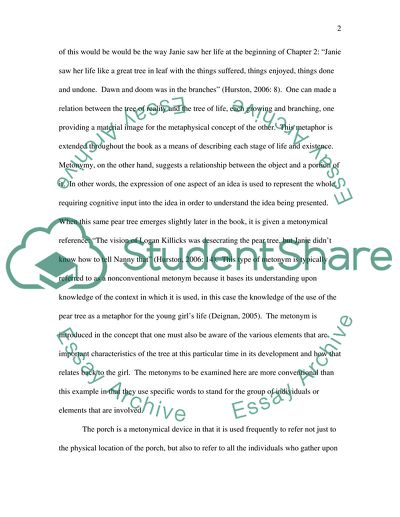Cite this document
(“Zora Neale Hurstons Metonymy Essay Example | Topics and Well Written Essays - 2000 words”, n.d.)
Zora Neale Hurstons Metonymy Essay Example | Topics and Well Written Essays - 2000 words. Retrieved from https://studentshare.org/literature/1539953-zora-neale-hurstons-metonymy
Zora Neale Hurstons Metonymy Essay Example | Topics and Well Written Essays - 2000 words. Retrieved from https://studentshare.org/literature/1539953-zora-neale-hurstons-metonymy
(Zora Neale Hurstons Metonymy Essay Example | Topics and Well Written Essays - 2000 Words)
Zora Neale Hurstons Metonymy Essay Example | Topics and Well Written Essays - 2000 Words. https://studentshare.org/literature/1539953-zora-neale-hurstons-metonymy.
Zora Neale Hurstons Metonymy Essay Example | Topics and Well Written Essays - 2000 Words. https://studentshare.org/literature/1539953-zora-neale-hurstons-metonymy.
“Zora Neale Hurstons Metonymy Essay Example | Topics and Well Written Essays - 2000 Words”, n.d. https://studentshare.org/literature/1539953-zora-neale-hurstons-metonymy.


